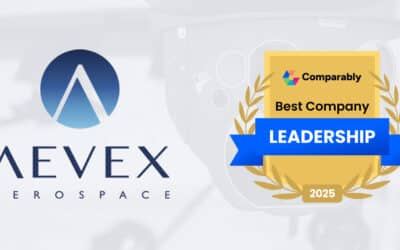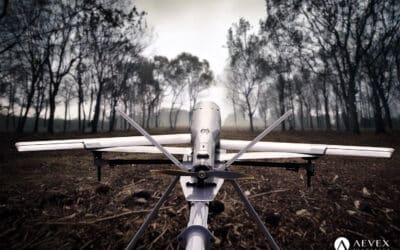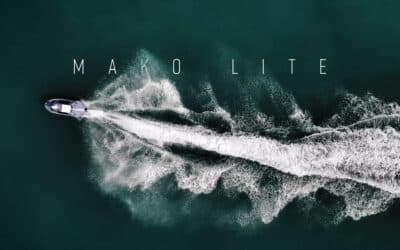How one AEVEX employee’s work on real-time mapping would influence Google Earth
When Don Burns was writing visualization software for NASA and supporting flight simulator development for McDonnell Douglas, Boeing, and the Army, he never thought that what started out as real-time 3D graphics in the ‘90s would one day turn into the technology that helps to power Google Earth. 30 years later, Google Earth is a household term, an application that is used for everything from education to remote sensing research, resource management, and even predicting disease outbreaks.
National Inventor’s Day was February 11. It’s a day to recognize the unique accomplishments that continue to further technology, science, and human knowledge. It’s also the perfect venue to recognize contributions – small and large – that influence individual careers and the world around us.
Don is currently part of the AEVEX Aerospace team as a Senior Software Architect, writing code for AEVEX’s Sierra software. Sierra is a 3D globe that integrates maps, aerial imagery, and terrain to help provide real-time data from air to ground for mission-critical and disaster mitigation situations.
“Many years ago, when I worked on the technology that would go on to become Google Earth, I never thought it would have such a significant impact on how I approached my work in the future,” said Don. “The relationship between real-time visualization, aerospace and flight simulation, and 3D mapping has evolved significantly over the years, and I’m proud to be a part of that.”
From coding for NASA, to graphical interactive terrain databases, and even to developing virtual reality attractions for Disney, Don’s career has followed a trajectory of innovation and out-of-the-box thinking.
“During my time at Silicon Graphics we were working on programming that modeled a 3D earth, including the capability to zoom in and see details. This was heavily based on the fast-moving, high-definition, real-time graphics we used in flight simulation and other forms of visualization, and our terrain databases evolved into whole earth databases.” Don said. “That work followed us into a start-up named Keyhole and a product named EarthViewer, which got the attention of Google. Google purchased Keyhole and EarthViewer became Google Earth. Google Earth enthusiasts may recognize the data format KML – in which the ‘K’ still retains the reference to Keyhole”
Just as Google Earth needed high-quality, interactive 3D graphics, first responders and military personnel also require high-performance graphics in real or near real-time frames. More than traditional mapping, digital interactive cartography helps track troops, mitigate natural disasters like fires and oil spills, and gain a detailed understanding of relevant topography.
“Working on the Sierra software for AEVEX has been very rewarding. By integrating interactive databases with live cameras, we are able to offer augmented reality that adds much-needed detail to surveillance, firefighting, tracking, and disaster mitigation,” said Don. “This technology is all airborne, so this robust technology also has to be optimized for size, weight, and power.
“I enjoy using my diverse coding and simulation background to continue the evolution of interactive mapping,” he added. “It’s exciting to see what’s next in the world of computer vision.”
And what is next?
“It’s all about artificial intelligence, specifically computer vision,” Don said. “This enables computers and computer systems to gather meaningful information from visual input like images, videos, and maps. This is very compute-intensive, so as the need for this type of data grows, so does the need to evolve technology, graphics, and databases. But the more effort we put into inventing the future of mapping and simulation, the safer we can make the world. I imagine a future where fires are mapped, tracked, and predicted from the start. Where oil spills are quickly contained with predictive data. Where troop movements are accurately tracked and assessed.”
Inventions – both big and small – and contributions – both long- and short-term – will guide the future of these technological developments. Here’s to many more innovative ideas!




